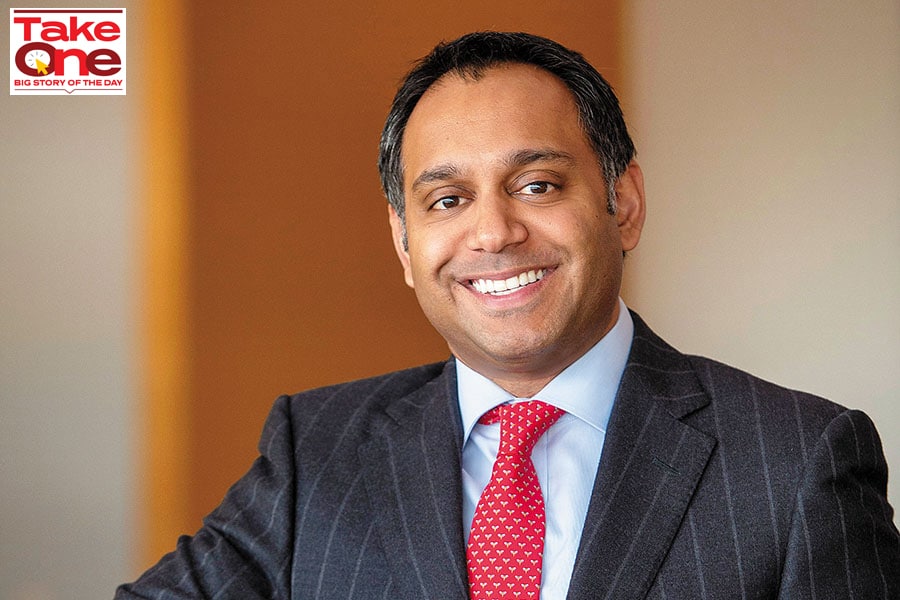
There'll always be a robust startup ecosystem for airlines in India: Salil Gupte, president of Boeing India
Gupte explains why India's growing economy and geography provide unique opportunities for new airlines to offer targeted services and products even as the American aircraft maker steps up its game in the defence sector
 Salil Gupte took over as president of Boeing India in 2019. Image: Marian Lockhart, The Boeing Co
Salil Gupte took over as president of Boeing India in 2019. Image: Marian Lockhart, The Boeing Co
For Salil Gupte, the timing couldn’t have been any worse. A long-time executive at American aircraft manufacturer Boeing, Gupte made the shift to New Delhi from Seattle to head the Indian arm, just as the aircraft maker became embroiled in one of its worst crises ever.
The Boeing 737 Max, the company’s flagship narrow-bodied aircraft, had been involved in two major accidents, killing over 300 people, that eventually forced the US FAA (Federal Aviation Administration) to ground the aircraft in March 2019. It took almost a year and a half before the aircraft could fly again. But, by then, another turmoil had begun. The Covid-19 pandemic, which wreaked havoc globally, had hit the global civil aviation industry the hardest as airlines were forced to ground their airplanes.
Today, four years since he became president of Boeing India, the aircraft maker finds itself on a stronger footing than before in the country. Akasa Air, which began flying in August last year, chose Boeing to begin operations with and placed orders for 72 aircraft. Air India, which is in the middle of a turnaround under the Tata group, ordered 220 aircraft with Boeing, the bulk of which is for the narrow-bodied 737 Max aircraft.
Separately, the company has been cementing its position in the defence sector, and today operates some of the key aircraft for the country’s defence forces, including the C17 Globemaster, P-8Is, and the Chinook and Apache helicopters, as the US-India defence ties get stronger.
In an interview with Forbes India, Gupte outlines Boeing’s plan for India, the domestic demand for aircraft, partnering with MSMEs, setting up an assembly plant in India, and the opportunities in the defence sector. Edited excerpts:








